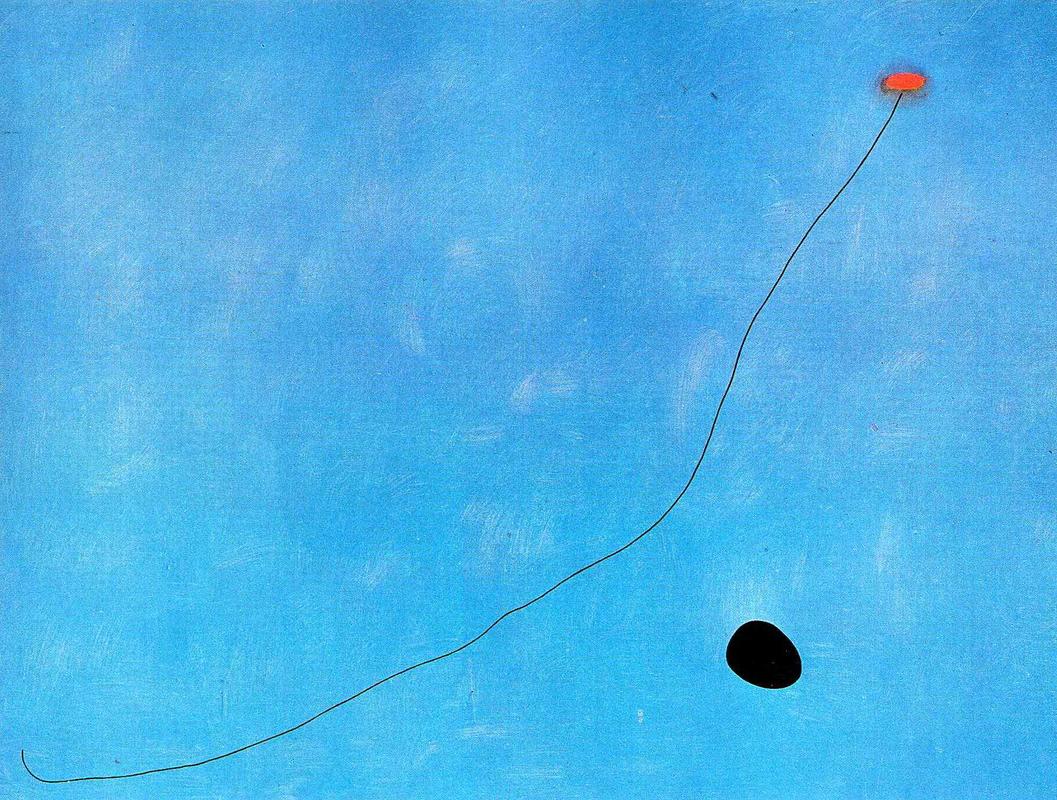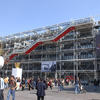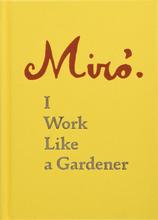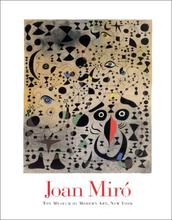More about Blue III
- All
- Info
- Shop

Contributor
Your kid could do that… but did they?
Joan Miró’s blue triptych may not look like a particularly laborious effort, but as with most “automatic” art, there’s more to it than meets the eye. When asked, the Spanish Surrealist retorted, “Yes, it took me just a moment to draw this line with the brush. But it took me months, perhaps even years, of reflection to form the idea.” By “reflection,” he really means “self-induced hallucination via deliberate starvation, exhaustion, and copious amounts of poetry.” Miró wanted his art to plumb the depths of his subconscious mind, and was clearly determined to discover just how wacky those depths could be.
Anyone can make automatic art. Grab a pen, let it wander randomly over a surface, and voila - your very own Surrealist masterpiece. But no one, not even Miró, can make the same piece twice. The markings in Bleu I-III are specific to his precise movement, in that precise space, at that precise moment. Miró and his Surrealist contemporaries, including Salvador Dalí and Jean Arp, claimed relinquishing conscious control allows the mind to express itself inhibition-free. When you gaze at Bleu I-III, you are catching a glimpse of the mysterious, trippy wonderland that was Miró’s deep subconscious.
Apparently, his deep subconscious was really, really blue. The enormous canvases are drenched in the shade, albeit in varying intensities and concentrations. Miró thought there was something ethereal and cosmic about the color, and we kind of see his point; if you stare at it for too long, all that blue starts to pulsate before your eyes. When Bleu I-III was on display at the Tate in Britain, the gallery rigged up an octagonal room to dramatize this effect. The three pieces surround you, floating right at the edges of your periphery. You might just feel like a tiny boat sailing away in that big blue sea of dreams.
Given Miró’s life story, it’s plausible he created these works to sail himself away, too. Coming from a background of childhood poverty and perpetual hunger, Miró was no stranger to the “starving artist” phenomenon. Much of his artwork was inspired by fantasies of food. This tends to be more obvious in his figurative works than in Bleu I-III, but who knows - maybe Miró had a thing for hot dogs and blurry Oreos. This same guy advocated painting in the fourth dimension, so as far as we’re concerned, anything is possible.
Sources
- Higgins, Charlotte. "Joan Miró Tate Retrospective Reunites Triptychs." The Guardian. April 11, 2011. Accessed November 28, 2017. https://www.theguardian.com/artanddesign/2011/apr/11/joan-Miró-retrospe….
- "Joan Miró." Wikipedia. November 25, 2017. Accessed November 28, 2017. https://en.wikipedia.org/wiki/Joan_Mir%C3%B3.
- Kiewiet, Tamara. "Joan Miró: 9 Amazing Facts About His Life And Art." Culture Trip. January 27, 2016. Accessed November 28, 2017. https://theculturetrip.com/europe/spain/articles/joan-Miró-9-amazing-fa….
- "Triptych Bleu I, II, III." Wikipedia. November 28, 2017. Accessed November 28, 2017. https://en.wikipedia.org/wiki/Triptych_Bleu_I,_II,_III.
- "10 Interesting Facts About Joan Miró." Joan Miró: Paintings, Biography, and Quotes. 2010. Accessed November 28, 2017. http://www.joan-Miró.net/joan-Miró-facts.jsp.













